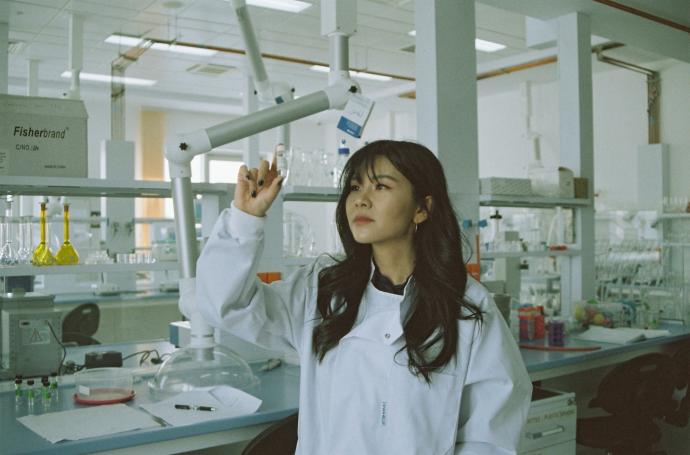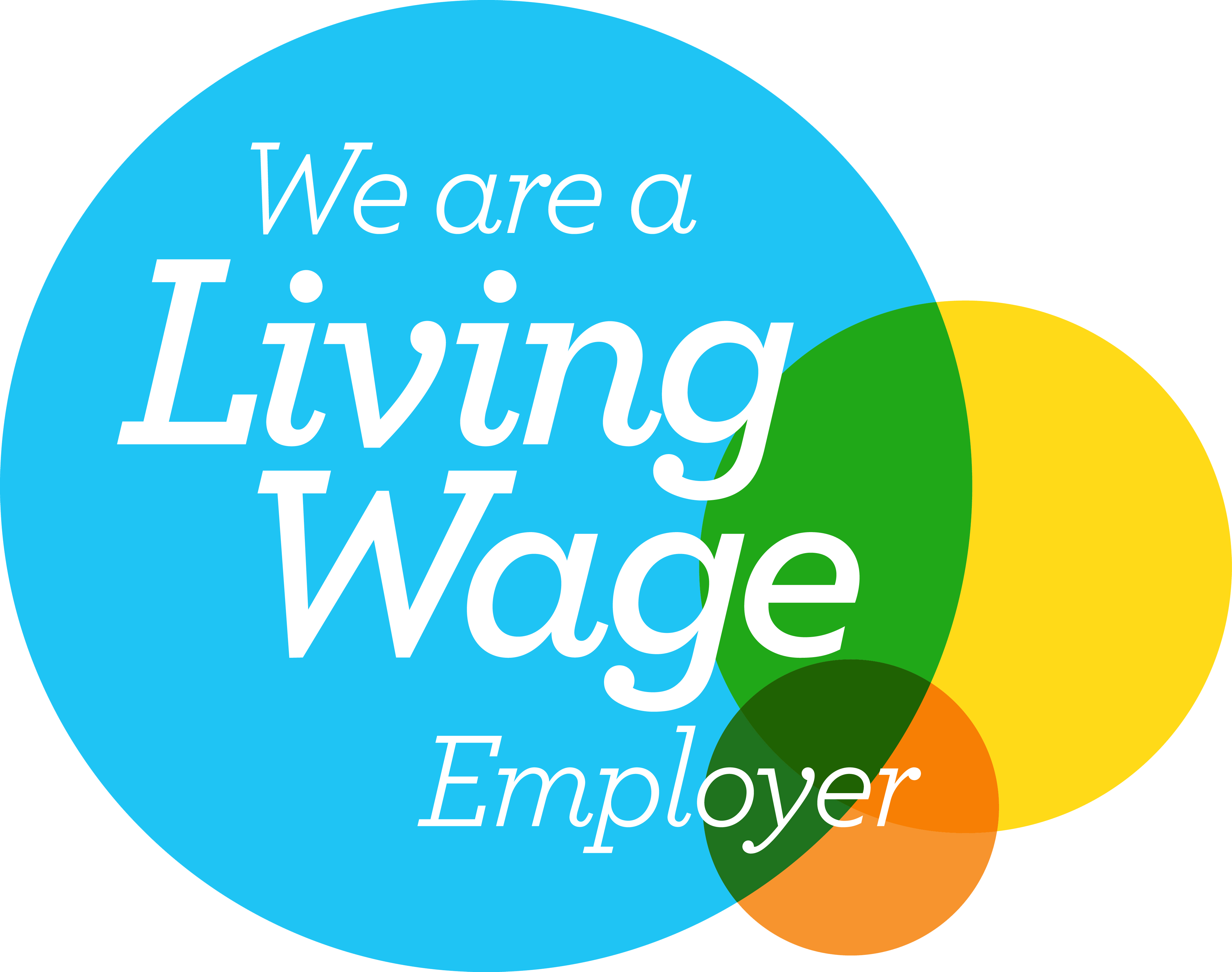A weekend of Endometriosis Research: Putting those with endometriosis first
Unlike most in-person conferences, the virtual World Congress on Endometriosis (WCE) was programmed into the weekend. Researchers and specialists from all over the world spent their weekend learning about work being done in some of the most pressing topics in the field; adenomyosis, endometriosis-associated infertility, and in a clinical setting, patient-centred outcomes.
Endometriosis is often described as an enigma; we don’t really know what causes it. However, we are working every day to better understand the condition (trust me, there are many of us), and it is promising that society is also beginning to say ‘endometriosis’, and are trying to better understand it. While we are observing a positive shift in society, there is still much work to be done on this front. Adenomyosis, however, has even more knowledge gaps. Adenomyosis is a condition where the inner lining of the womb breaks through to the deeper muscle layer of the womb. Like endometriotic lesions, this tissue undergoes cyclical bleeding, and contributes to heavy menstrual bleeding. Dr Sun-Wei Guo, Professor of Obstetrics and Gynaecology at Fudan University, Shanghai highlighted in his talk that the number of publications (roughly indicating the amount of research, and how much is known about the condition) is only 1% of that of breast cancer and far less than those on endometriosis. The cause of adenomyosis remains to be found. Some speakers suggested that invasive tissue growth could explain its origin; the inner lining of the womb penetrates the muscle layer of the womb. However, there is little evidence (yet) to support the theory.Dr Laura Banaglia led this weekend’s session about infertility, by introducing the topic of fertility preservation in those with endometriosis. Although fertility preservation is not standard clinical practice, she highlighted that people with endometriosis in both ovaries may be eligible. This was due to the fact that the many surgeries required to remove the endometriosis from the ovaries, may potentially cause damage to the ovarian reserve (the number of eggs available in the ovaries). This seems like an exciting consideration for people with endometriosis, however Dr Banaglia highlights that prevention is key and most typically recommended. For people wishing to conceive, she is likely to recommend medical therapies (i.e. hormonal therapy). These would suppress the growth of further endometriomas or growths on the ovaries, thus minimising the need for surgery and possible damage to the ovaries. Amongst Dr Banaglia and other researchers, an individualised approach was recommended when determining course of treatment to address infertility, and other symptoms associated with endometriosis.
Professor Andrew Horne later went on to discuss an exciting clinical trial that he is running with the NHS Lothian, called EPiC. This trial aims to test an existing drug, called Dichloroacetate (DCA) as an oral treatment for those with stage I/II endometriosis and endometriosis-associated pain. DCA acts on the molecule lactate, one that is found in the peritoneal fluid in endometriosis. This lactate can be very powerful, and can cause cells to invade nearby tissues. In endometriosis, this could contribute to the growth of endometriotic lesions. In pre-clinical animal models, DCA has been shown to reduce lactate secretion in cells found in the pelvic cavity, and has been shown to decrease the size of endometriotic lesions. It will be very exciting to see the outcomes of this project.
In the final portion of the weekend’s talks, researchers shared some of their incredible work on patient-centred outcomes. Kiran Parmar started off by highlighting her work done on creating a website for those with endometriosis who experience painful sex. She highlighted an evident need for a more accessible site, with less scientific jargon, and more user-friendly and interactive graphics and video. Together with patient input, Parmar and her team created https://endopain.endometriosis.org/, an interactive and inclusive resource about pain with sex. To conclude, I want to highlight the work done by Dr Moniek van der Zanden to better understand the diagnostic delay in endometriosis, which we know to be 7.5 years in the UK. She conducted a study whereby people with endometriosis took part in a focus group, and were free to discuss their experience about receiving their diagnosis. One of the key findings was that there is poor knowledge about ‘normal’ menstruation and endometriosis. She highlighted some of the trans-generational and cultural beliefs about menstruation, and how these can often feed into our own beliefs. For example, if your mother and hers have always experienced painful periods and heavy bleeding, then it is probable that your symptoms wouldn’t be recognised as abnormal. She recommended that the way to address the diagnostic delay, is to increase general awareness in the population of endometriosis, so people are better able to recognise symptoms in themselves. Equally, there needs to be improved knowledge and skills in medical staff to recognise and adequately treat endometriosis.
This is a very brief overview of some of the talks that happened over the weekend. If I were to summarise them all, you would be reading this blog for hours… I truly mean hours. I left this weekend feeling invigorated by the work being done by others. It was wonderful to see the amount of research being done in partnership with people who have endometriosis, as this is the way forward! By including people with endometriosis in the design of our research, we ensure that we are asking the right questions, the ones that people want answered, in the right way.
Stay tuned for further coverage of the conference tomorrow! Tonight is a late-night (for everyone in the UK) session focused on pain, amongst many other topics. As someone whose own work aims to better understand pain associated with endometriosis, I can’t wait to listen, ask questions, and be inspired by the work being done in the field.


